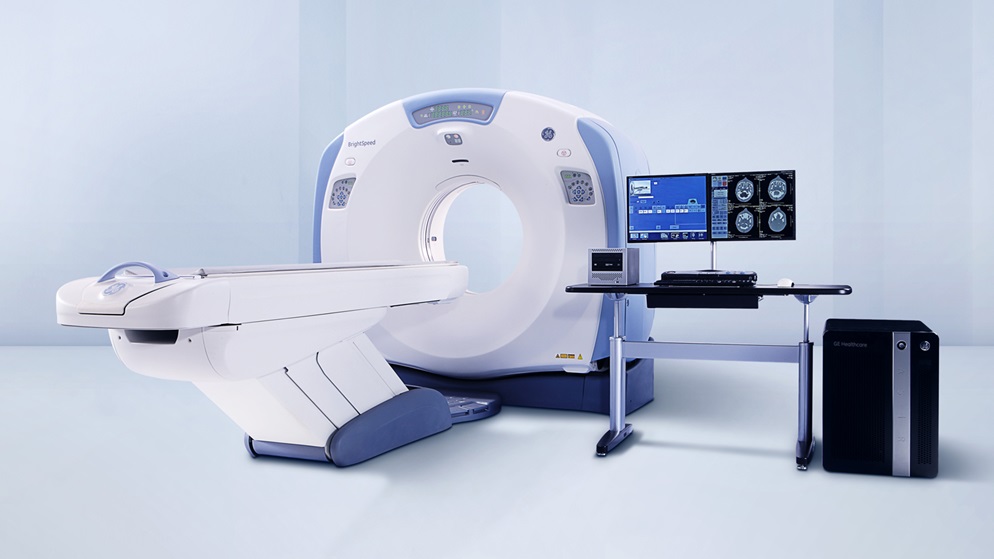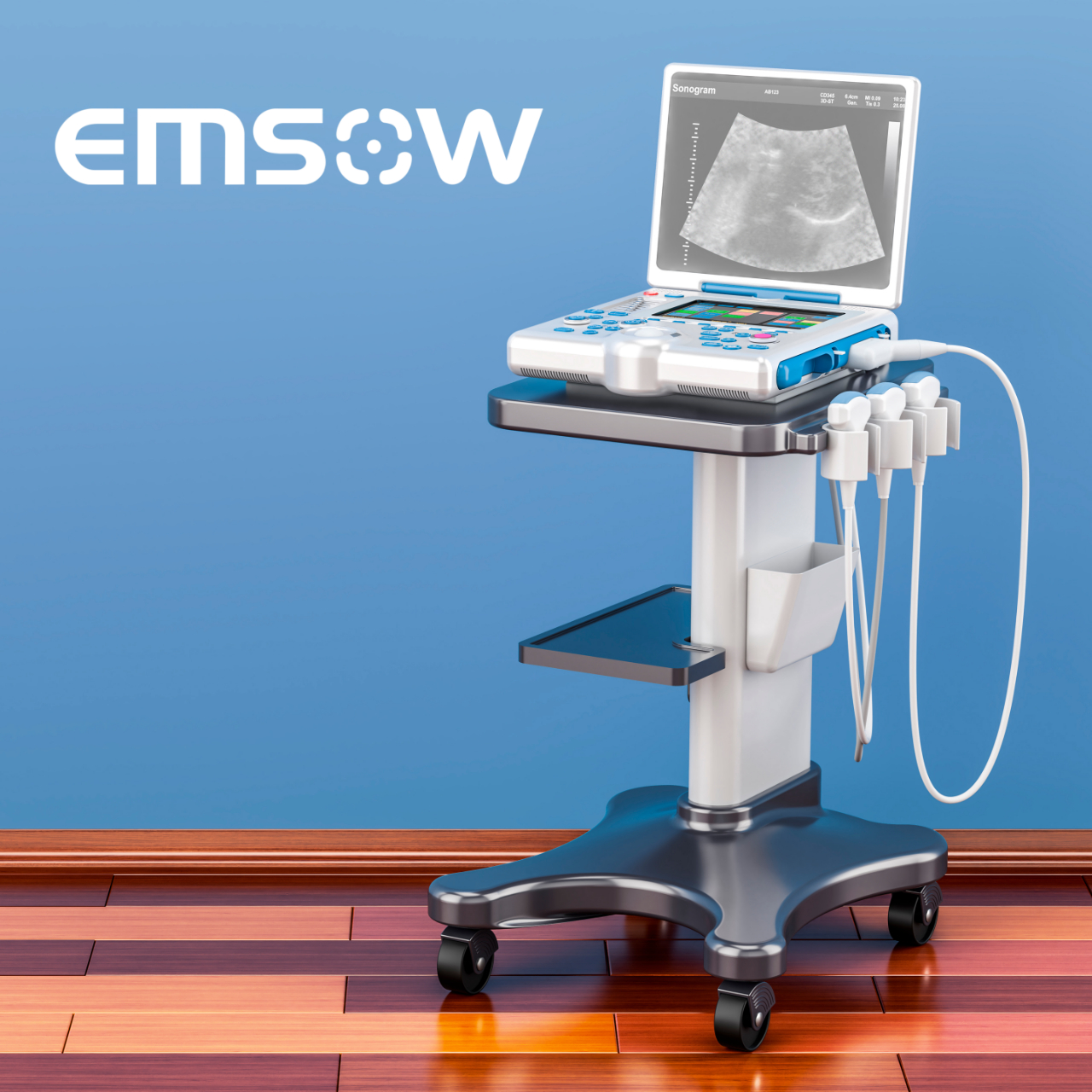
Modality worklist — an automated solution for dispatching imaging studies
Posted on January 30, 2019
Medical specialists who deal with diagnostic imaging, regularly have to communicate examination queries and patients’ demographics to various diagnostic facilities and equipment. At first glance, it is quite simple, because data transmission is a regular part of our everyday life. But if you are a doctor or a medical business supervisor, you are aware of several industry-specific issues.
Quite often medical businesses work with multiple facilities and various equipment. Imagine that you need to consistently inform each technologist which study needs to be done for each of your patients or regularly receive orders from multiple hospitals. Just to perform this single task promptly, you’ll need to hire a dispatcher.
Without an adequate automated task manager, each patient’s data has to be double-entered manually. Several issues are arising out of double manual data-entry. First of all, this process is usually time-consuming, but that is not all. Probably, one of the most pressing problems is high error rate, which means that some of your patients’ information would likely be confused, incomplete or even missing. In such cases, you would have to cover not only the query costs but also correcting expenditures (not to mention that double-entry increases the error incidence twice).
So, the way out of this tricky situation is getting a dispatching service that would automatically send information on required studies to multiple diagnostic providers and equipment.
Some medical businesses hire consultants and managers, or even software developers to create a specific application for transmitting study queries. Of course, such solution is acceptable, but it cuts both ways. The main advantage is that you’ll get a tool designed to satisfy your needs. However, in this case, you likely have to bear huge expenses, mainly because such software would be built from scratch and so you are expected to cover all the development costs. However, that does not mean that the result would meet all your requirements. Besides, you stay vendor- and support-dependent all the time. Another issue is integration into your IT infrastructure.
The Modality Worklist (or MWL) is a feature of the DICOM protocol that allows you to transfer procedure lists to be performed from a PACS server to your diagnostic equipment. This service is often available in advanced specific-purpose software for healthcare businesses. It works with DICOM-friendly equipment, which means compliance with the vast majority of modern machines. Still, before considering this tool, it makes sense to check if your equipment is DICOM-friendly.
How does it work? Each medical equipment unit sends a query to the application (depending on your network configuration, it can be done either directly or via a DICOM gateway). After that, the server replies with a worklist which usually includes patients’ demographics (name, age, gender, etc.) and types of required examinations. This workflow is rather simple and efficient in solving multiple dispatching problems and thus reduces your expenses. Probably you will not get rid of all the processing mistakes arising out of manual data-entry, but you will at least cut them by half because MWL eliminates double-entry.
Needless to say that MWL meets the DICOM standards https://www.dicomstandard.org/current/, which also eliminates concerns related to using various imaging systems (RIS, PACS, etc.).
Modality worklist is a ready-made solution for both clinics and imaging providers. It simplifies the study dispatching process and makes things go much more smoothly. –
Links:
DICOM standards: https://www.dicomstandard.org/current/
An article on MWL: https://www.ncbi.nlm.nih.gov/pmc/articles/PMC3452969/pdf/10278_2009_Article_BF03168381.pdf
